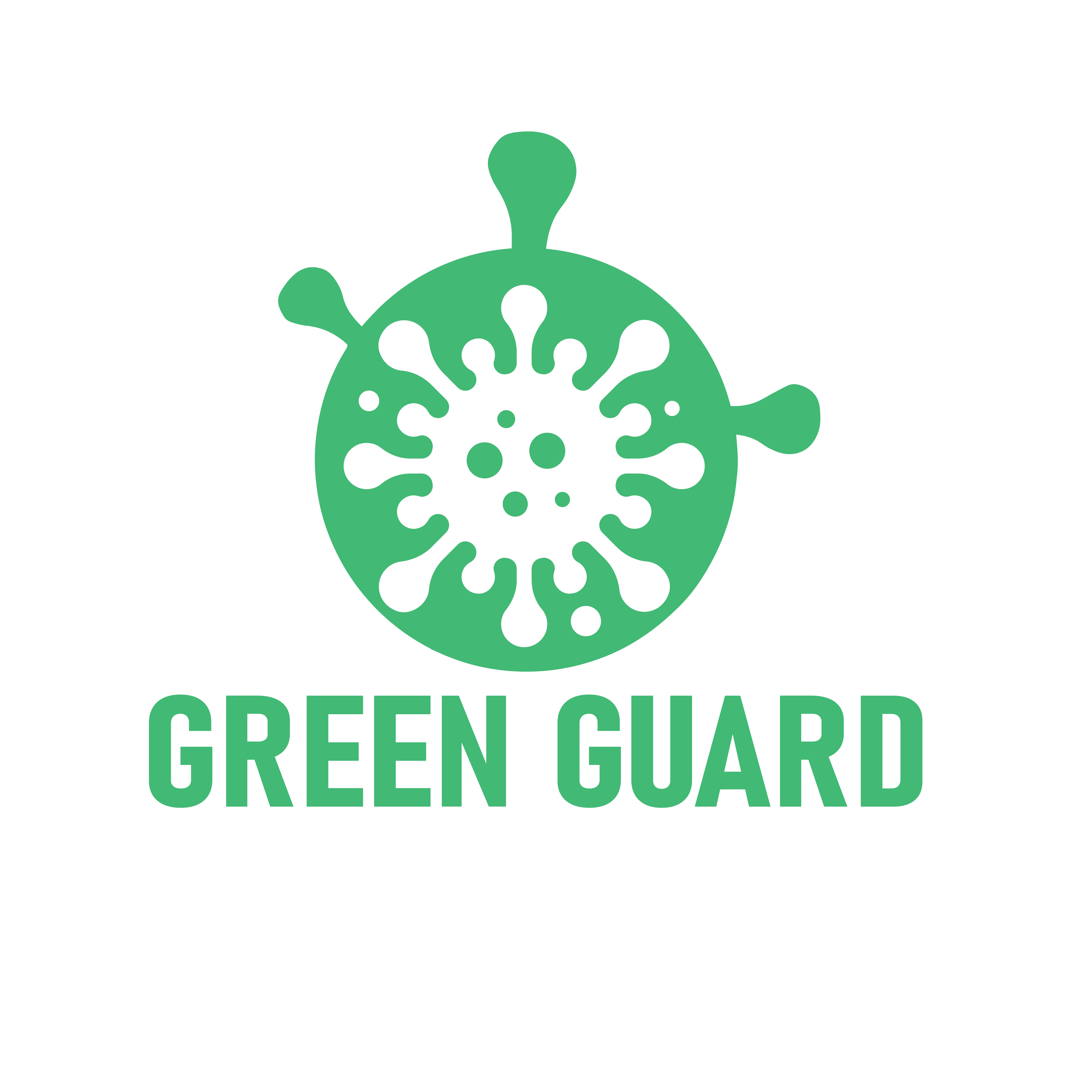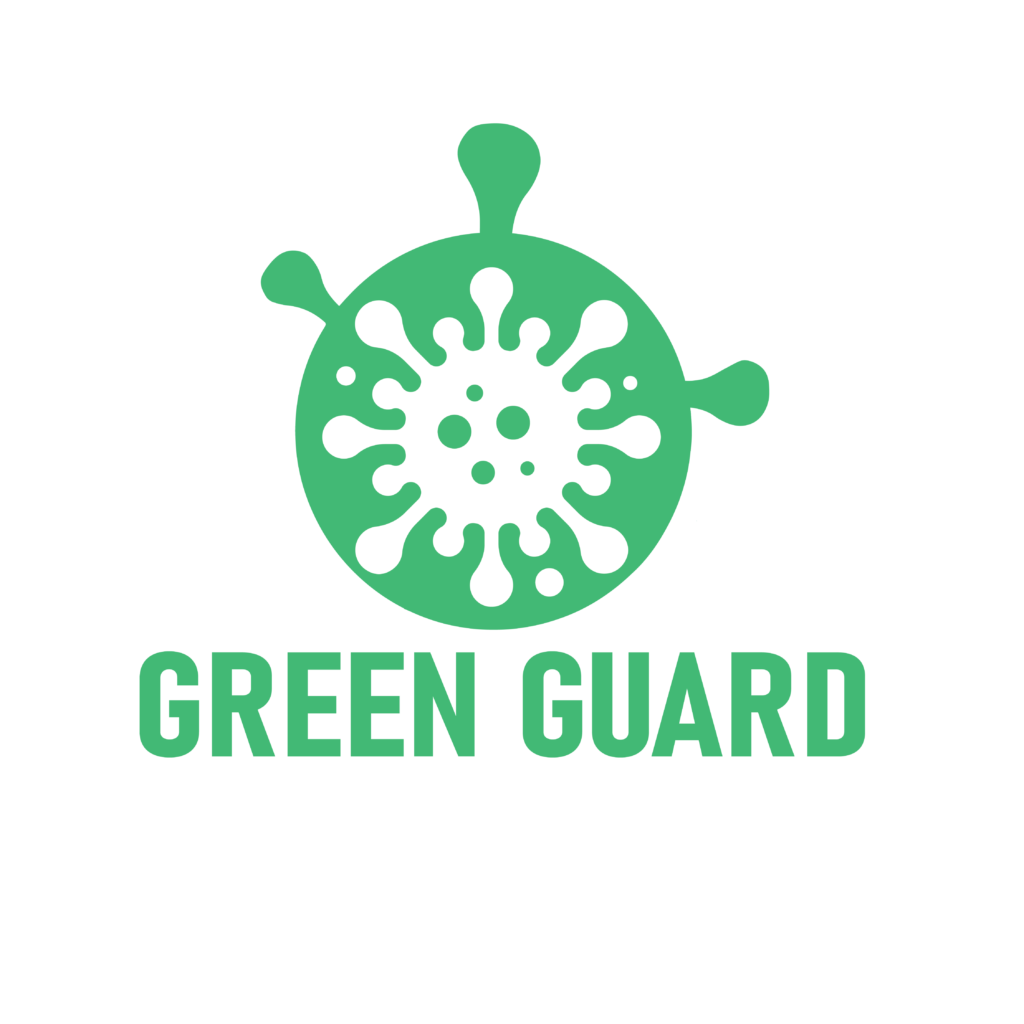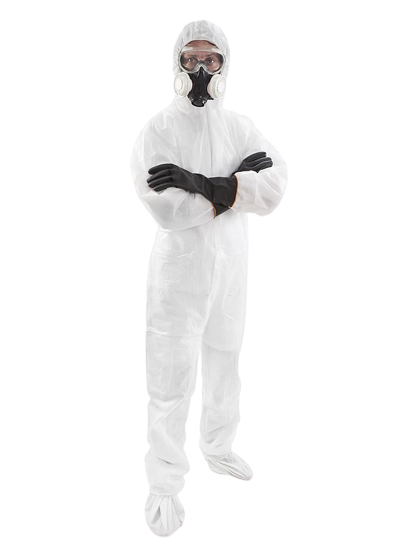Blog
Expert Insights: The Do's and Don'ts of DIY Mold Remediation
In the battle against mold, many homeowners are opting for DIY mold remediation as a cost-effective solution. However, without expert insights, tackling this common household problem can turn into a nightmare. That’s why we’ve gathered the ultimate do’s and don’ts from seasoned professionals who have seen it all.
When it comes to DIY mold remediation, knowledge is power. Our experts emphasize the importance of identifying the root cause of the mold growth before starting the remediation process. They also stress the significance of using proper personal protective equipment, like gloves and masks, to ensure safety during the removal.
While tackling mold on your own can save you money, our experts warn against using bleach as a means of eradication. Bleach may give the illusion of mold removal, but it can actually exacerbate the problem by providing the perfect environment for mold to thrive.
Join us as we dive into the expert insights on DIY mold remediation dos and don’ts, providing you with the knowledge and tools to effectively combat mold growth in your home.
Understanding mold and its health risks
Mold is a common household problem that can have serious health implications if left untreated. It thrives in damp and humid environments and can grow on various surfaces, including walls, ceilings, and even furniture. Mold releases spores into the air, which can trigger a range of health issues, such as allergies, respiratory problems, and even fungal infections.
To effectively combat mold growth, it is crucial to understand the health risks associated with exposure. Mold spores can cause allergic reactions in sensitive individuals, leading to symptoms like sneezing, coughing, and itchy eyes. Prolonged exposure to mold can also result in more severe respiratory issues, especially for those with existing conditions like asthma or compromised immune systems.
The importance of mold remediation
Mold remediation is the process of removing mold and preventing its further growth. It is essential to address mold issues promptly to protect the health of your family and prevent structural damage to your home. Ignoring mold growth can lead to costly repairs and potential long-term health consequences.
Expert mold remediation professionals stress the importance of thorough and effective remediation. Simply cleaning the visible mold may not be enough, as mold can hide in hard-to-reach areas and continue to grow unnoticed. Proper remediation involves identifying the root cause of the mold growth, addressing any underlying moisture issues, and implementing effective removal techniques.
The dangers of DIY mold remediation
While the idea of saving money by tackling mold remediation yourself may be tempting, it is important to understand the potential dangers involved. Without proper knowledge and experience, DIY mold remediation can lead to ineffective results, further mold growth, and even health hazards.
One common mistake homeowners make during DIY mold remediation is using bleach as a mold-killing agent. Bleach may seem like a convenient solution, but it does not effectively eliminate mold spores. In fact, bleach can make the problem worse by providing moisture for mold to thrive. Additionally, the fumes from bleach can be harmful when inhaled, especially in poorly ventilated areas.
Another danger of DIY mold remediation is the lack of proper safety precautions. Mold removal can release large amounts of mold spores into the air, which can be harmful if inhaled. Without using proper personal protective equipment, such as gloves, masks, and goggles, you put yourself at risk of exposure to these spores.
The do’s of DIY mold remediation
While DIY mold remediation can be risky, there are certain do’s that can help you effectively tackle the problem. Here are some expert-recommended do’s for DIY mold remediation:
- Identify and address the root cause of mold growth: Before starting the remediation process, it is crucial to identify the source of moisture that is causing mold growth. Fixing the underlying issue, such as a leaky pipe or poor ventilation, is essential to prevent future mold problems.
- Use proper personal protective equipment: Always wear gloves, masks, and goggles to protect yourself from mold spores and harmful chemicals. These protective measures will help minimize your exposure and keep you safe during the removal process.
- Implement effective mold removal techniques and products: Instead of using bleach, opt for mold-specific cleaning solutions or natural remedies like vinegar or hydrogen peroxide. These alternatives effectively kill mold without providing the ideal environment for its growth.
Proper safety precautions during mold remediation
When it comes to DIY mold remediation, safety should be your top priority. Mold removal can release harmful spores into the air, which can cause respiratory issues and allergic reactions. To ensure your safety, follow these proper safety precautions during mold remediation:
- Wear personal protective equipment: Always wear gloves, masks, and goggles to protect yourself from mold spores and chemicals. Disposable coveralls are also recommended to prevent cross-contamination.
- Ensure proper ventilation: Open windows and use fans to create adequate airflow during the remediation process. This helps in reducing the concentration of mold spores in the air.
- Contain the affected area: Use plastic sheets to seal off the affected area and prevent mold spores from spreading to other parts of your home. This containment measure is crucial to minimize the risk of cross-contamination.
Identifying and addressing the root cause of mold growth
To effectively combat mold growth, it is essential to identify and address the root cause. Mold thrives in moist environments, so it is crucial to find the source of moisture and eliminate it. Some common causes of mold growth include:
- Leaky pipes or plumbing issues: Water leaks can create the perfect conditions for mold to grow. Inspect your plumbing system regularly and fix any leaks promptly.
- Poor ventilation: Insufficient airflow can lead to excess moisture buildup, providing an ideal environment for mold. Ensure proper ventilation in areas like bathrooms, kitchens, and basements.
- High humidity levels: Excess humidity can promote mold growth. Use dehumidifiers or install ventilation fans in areas prone to high humidity, such as bathrooms and laundry rooms.
By addressing the root cause of mold growth, you can effectively prevent future mold problems and ensure a long-lasting remediation solution.
Using effective mold removal techniques and products
When it comes to DIY mold remediation, using effective techniques and products is essential for successful results. Here are some expert-recommended tips:
- Scrubbing: Use a scrub brush or sponge to physically remove visible mold growth from surfaces. Remember to scrub gently to avoid spreading mold spores into the air.
- Mold-specific cleaners: Choose mold-specific cleaning solutions that are specifically formulated to kill and remove mold. These cleaners are more effective than general-purpose cleaning products.
- Natural remedies: Natural alternatives like vinegar or hydrogen peroxide can also be effective in killing mold. These options are safe, eco-friendly, and readily available.
The don’ts of DIY mold remediation
While there are several do’s to follow during DIY mold remediation, there are also certain don’ts that you should be aware of. Avoiding these common mistakes will help ensure a successful and safe remediation process. Here are some expert-recommended don’ts for DIY mold remediation:
- Using bleach: Bleach is not an effective mold-killing agent and can actually worsen the problem. It provides moisture for mold to grow and does not eliminate mold spores from surfaces.
- Ignoring safety precautions: Failing to use proper personal protective equipment can put your health at risk. Always wear gloves, masks, and goggles to protect yourself from mold spores and chemicals.
- Incomplete removal: Simply cleaning the visible mold may not be enough. Mold can hide in hard-to-reach areas, so make sure to thoroughly inspect and remove all traces of mold.
When to hire a professional mold remediation company
While DIY mold remediation can be effective for small-scale mold problems, there are instances where it is best to hire a professional mold remediation company. Consider seeking professional help in the following situations:
- Extensive mold growth: If the mold covers a large area or has spread to multiple rooms, it is best to seek professional assistance. They have the expertise and equipment to effectively handle such cases.
- Health concerns: If you or your family members have existing health conditions, allergies, or respiratory issues, professional mold remediation is recommended. Professionals can ensure thorough removal and minimize the risk of further health complications.
- Hidden mold: If you suspect hidden mold behind walls, ceilings, or other inaccessible areas, professionals can use specialized equipment to detect and address the issue without causing unnecessary damage.
Conclusion: Taking the necessary steps for a safe and effective mold remediation process
DIY mold remediation can be a cost-effective solution for tackling mold growth in your home. However, it is crucial to approach the process with expert insights and follow the do’s and don’ts to ensure a safe and effective remediation.
Remember to properly identify the root cause of mold growth, use personal protective equipment, and implement effective mold removal techniques and products. Avoid common mistakes like using bleach and incomplete removal. And if the mold problem is extensive, poses health risks, or involves hidden mold, it is advisable to seek professional assistance.
By taking the necessary steps and following expert recommendations, you can successfully combat mold growth and create a safer, healthier environment for you and your family.


